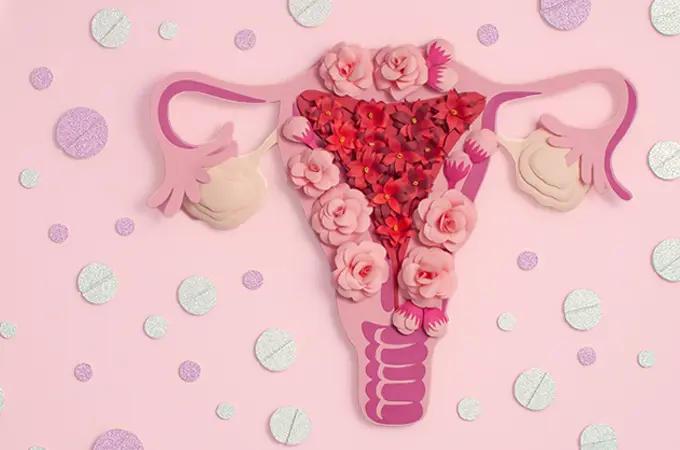Medical Contribution By Dr. Naveed Khan
Approximately 1 million women in the United States undergo an elective tubal sterilization procedure each year. Some of them change their minds a few years down the road.
“We get calls all the time,” says Dr. Naveed Khan from Shady Grove Fertility’s Leesburg office, “from women who want to have another child but had their fallopian tubes ‘tied’ for contraception. They thought they were done with pregnancy.”
Most of these women have a new partner in their life, someone with whom they want to have a child. Others may be seeking emotional healing after the loss of a child, or even in some cases have a rekindled long-standing marriage. Typically, regrets about a previous choice of tubal ligation are expressed by women younger than 30, women whose decision was influenced by a third party, and those who underwent sterilization immediately postpartum or after an induced abortion.
After that first big decision to have another child, the next question is how best to go about it. In choosing the best treatment option, tubal reversal surgery versus in-vitro fertilization (IVF), there are several important factors to consider. These include tubal factors, semen parameters, female age, and egg quality.
Fertility Treatment? Me?
Dr. Khan says that some women come to Shady Grove Fertility seeking IVF right away to work around a previous tubal contraception. For others, the idea of using “fertility treatment” is a little difficult to grasp, especially when they had no problem conceiving in the past.
“Regardless of which direction a patient is leaning,” Dr. Khan explains, “we’ll recommend the same tests to determine a woman’s current level of fertility. With the results, she can make the best choice of treatment option. Many don’t realize that even just a few years [since a woman’s last pregnancy] can result in a decline of their fertility factors.”
Besides naturally-occurring changes in fertility, women who’ve had tubal ligation have additional factors to consider.
Dr. Khan provides the surgery-specific details. “Whether or not fallopian tubes can be reconnected depend upon the length of remaining tube, the specific procedure used for tubal ligation, and the location of the segment of fallopian tube removed. The longer the length of remaining fallopian tube, the better the chance of a successful pregnancy after a tubal reversal surgery. At a minimum, 4 cm of healthy tube is desired post-surgery.”
A diagnostic laparoscopy can sometimes be helpful in determining if the fallopian tubes can be reconnected by directly visualizing the tubal length. A mini-laparotomy is then performed through a horizontal incision above the pubic bone. Using magnification and very fine suture, the various layers of the fallopian tube are meticulously brought back together.
In general, tubal ligations performed using falope rings, silastic bands, or clips tend to have higher success rates than those performed with electrocautery. The use of electrocautery can result in extensive thermal damage to the tube. Patients are advised to obtain their old medical records when available to determine which technique was utilized.
The Time that has Passed
For all women, fertility naturally declines beginning around the age of 35. So, regardless of how fertile a woman was when she last conceived, the time that has passed since then will be a factor in her fertility level today.
Dr. Khan adds, “Tubal reversal surgery is a good option for young women who have the time to undergo the surgery and then have the needed time to conceive on their own. Women who are older may benefit from IVF due to time constraints imposed by the aging ovary.”
If a woman’s ovarian reserve is compromised as evidenced by a rising follicle stimulating hormone (FSH) value, an elevated baseline estradiol, or a reduced antral follicle count (all simple non-surgical tests that are part of the workup), it becomes more urgent to move towards more efficient and effective therapy quickly.
The Partner’s Role
Another crucial part of the getting-pregnant-again equation, and one that many women (and their partners) don’t consider at first is testing the male’s fertility.
“I wouldn’t recommend that a woman move forward with any surgical procedure before we determine, in fact, whether or not her male partner is fertile,” Dr. Khan advises. Simple semen analysis is considered an expected part of the fertility workup, for any couple trying to decide between tubal reversal or IVF.
“If there are abnormal semen parameters such as reduced count, low motility, or severe morphologic abnormalities, then IVF is the better treatment option. For male factor issues, intracytoplasmic sperm injection (ICSI) can be performed during the IVF cycle to optimize egg fertilization.”
Other Considerations for Comparison
Some additional points to think about in weighing the factors of reversing or not reversing.
Tubal surgery reversal:
- is considered a major surgery
- allows for the possibility to conceive more pregnancies in the future
- is a better option for couples that have ethical or religious objections that preclude IVF
- may require the need for future contraception after pregnancy is attained
- if surgery is not successful then one may need to pursue IVF regardless
- any post-surgery pregnancy needs to be monitored closely due to increased risk for ectopic pregnancy
Dr. Khan says that many women who initially inquire about tubal reversal decide, after considering all the points, that IVF is their preferred route to pregnancy.
“For most women, when one weighs all the advantages and disadvantages of tubal reversal surgery compared to IVF, in-vitro is usually the most efficient and effective therapy leading to pregnancy,” explains Dr. Khan.





